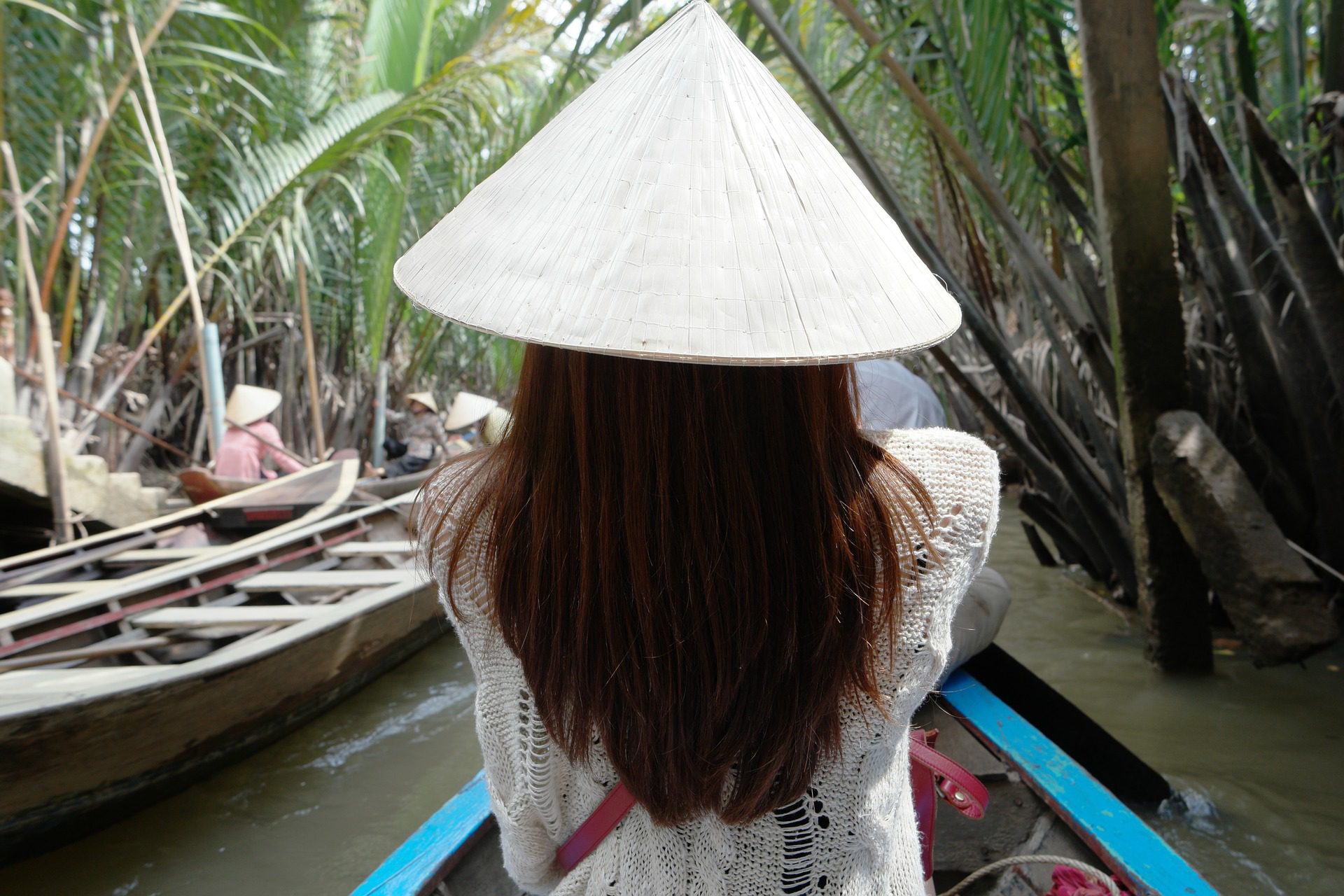
Exploitation, Violence, and Suicide Risk Among Child and Adolescent Survivors of Human Trafficking in the Greater Mekong Subregion
Each year,millions of children experience extreme forms of exploitation and abuse in the context of human trafficking. In the most widely accepted definition of human trafficking, a United Nations protocol defines human trafficking as the use of force or coercion for the purposes of exploitation. Estimates suggest that 5.7 million boys and girls are in situations of forced or bonded labor, 1.2 million are trafficked, and approximately 1.8 million are exploited in the sex industry. Children and adolescents (hereafter collectively referred to as children) are commonly drawn into hazardous work because of poverty, and this vulnerability may be exacerbated by illness or death of a family member, economic shock, natural disasters, and civil unrest.
Despite growing documentation of child labor and a large body of research on the effects of violence on children’s health and well-being,8-10 there has been little convergence of evidence on violence and health in situations of child labor.5,11Westillknow relatively little about the health and well-being of children who have experienced violence in the context of child labor exploitation12 and even less about the health needs of child survivors of extreme forms of labor and sexual exploitation.
Research on violence and traumatic events in childhood and adolescence has shown that abuse is an important predictor of short- and longer-term poor health including depression, alcoholism, drug use, risky sexual behavior, sexually transmitted infections, self-injury, and suicide attempts. Prior research on women and adolescents trafficked for sex and domestic labor indicated that childhood sexual abuse is an independent risk factor for probable mental health disorders. However,this work has not been replicated among other populations of trafficked children, nor has prior research examined self-injurious behavior or suicide risk.
Estimates suggest that trafficking is highly prevalent in Southeast Asia.21 For example, a small study with a sample of Vietnamese migrants found that 13% of respondents were trafficked22 and children have been reported being trafficked for begging, sexual exploitation, fish processing, domestic work, and brides.4,23 Cambodia and Vietnam are recognized source countries for child trafficking, and Thailand is a common source, transit, and destination country.
The present study aimed to describe patterns of abuse and exploitation prior to and during trafficking, as well as the mental health of children in the immediate post trafficking setting. It also examined how exposure to violence and exploitation influenced mental health symptoms and self-harm, specifically self-injury and suicide attempts. The findings are intended to support targeted responses for post trafficking care, health recovery, suicide prevention, and social (re)integration of trafficked children.
Read more here.
